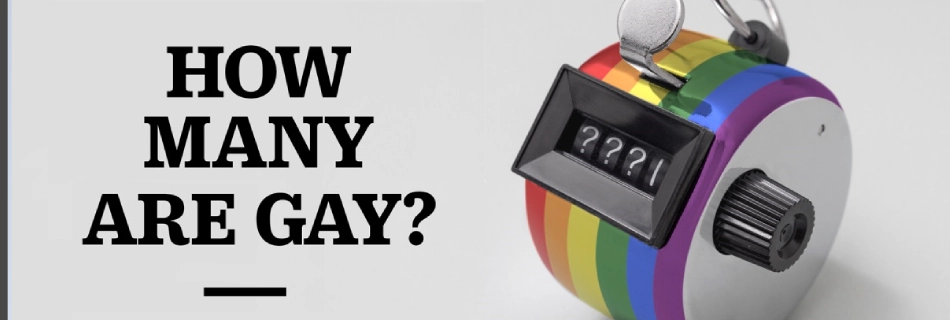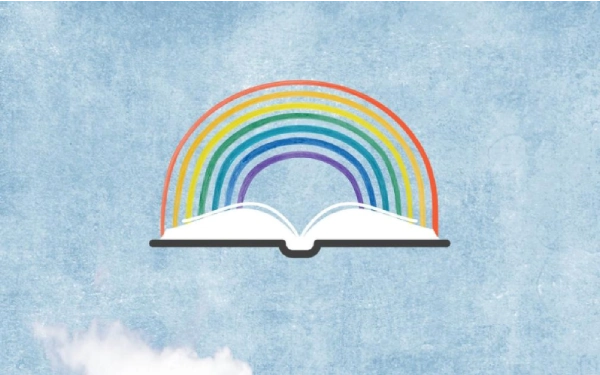
- › Understanding the challenges of measuring the population of gay individuals
- › Statistics on the estimated number of gay individuals in the world
- › Factors that may influence the number of gay individuals in a given population
- › The impact of societal norms and cultural factors on the visibility of gay individuals
The subtopic for this topic could be "statistics on the LGBTQ+ community". It's important to note that determining an exact percentage of the population that identifies as LGBTQ+ is difficult, as many people may not feel comfortable disclosing their sexual orientation or gender identity. However, studies and surveys have been conducted to provide some estimates.
According to a study by the Williams Institute at UCLA School of Law, an estimated 4.5% of adults in the United States identify as LGBTQ+. This includes 5.1% of women and 3.9% of men. The study also found that younger adults are more likely to identify as LGBTQ+ than older adults.
Another study by the Pew Research Center found that 5% of adults in the United States identify as LGBTQ+. However, this study also found that 92% of LGBTQ+ adults say that society has become more accepting of them in the past decade.
It's important to remember that these statistics are just estimates and may not reflect the true diversity of the LGBTQ+ community. Additionally, these statistics may vary by country or region.
Understanding the challenges of measuring the population of gay individuals
The subtopic is not provided. Please provide a specific subtopic related to the topic "how many people are gay" for me to write about.
Statistics on the estimated number of gay individuals in the world
There is no single, definitive answer to the question of how many people are gay. However, there are a variety of estimates and statistics available that can give us a sense of the size and diversity of the LGBTQ+ community.
One widely cited estimate comes from the Williams Institute at UCLA, which conducts research on sexual orientation and gender identity. According to their research, approximately 4.5% of adults in the United States identify as LGBTQ+. This translates to roughly 11 million people. However, it's worth noting that this figure is likely an underestimate, as many people may not feel comfortable or safe disclosing their sexual orientation or gender identity in surveys or other research settings.
Globally, estimates of the LGBTQ+ population vary widely depending on the region and the methodology used. Some estimates suggest that as many as 10% of people worldwide may identify as LGBTQ+. However, in many parts of the world, LGBTQ+ individuals still face significant stigma, discrimination, and even violence, which can make it difficult to accurately measure the size of the community.
Ultimately, it's important to remember that behind every statistic or estimate is a diverse group of individuals with their own unique experiences and identities. While statistics can be useful for understanding broad trends and patterns, they can never fully capture the richness and complexity of human diversity.
Factors that may influence the number of gay individuals in a given population
While there is no definitive answer to how many people are gay, there are several factors that may influence the number of gay individuals in a given population. One of the primary factors is culture and social norms. In some societies, homosexuality is accepted and even celebrated, while in others it is stigmatized and even outlawed. This can affect the number of people who are willing to identify as gay, as well as the number of people who engage in same-sex relationships.
Another factor that may influence the number of gay individuals in a population is biology. While scientists have not yet identified a specific "gay gene," there is evidence to suggest that genetics may play a role in sexual orientation. For example, studies have shown that identical twins are more likely to share the same sexual orientation than fraternal twins, suggesting that genetics may be a factor.
Environmental factors may also play a role in the number of gay individuals in a given population. For example, exposure to certain hormones in the womb or during early childhood may affect sexual orientation. Additionally, experiences such as sexual abuse or trauma may influence sexual orientation later in life.
Overall, it is difficult to estimate the number of gay individuals in a population due to the complex interplay of cultural, biological, and environmental factors. However, it is important to recognize that sexual orientation is a natural and normal variation of human sexuality, and that all individuals deserve respect and equal rights regardless of their sexual orientation.
The impact of societal norms and cultural factors on the visibility of gay individuals
Societal norms and cultural factors play a significant role in the visibility of gay individuals. In some cultures, being gay is accepted and even celebrated, while in others, it is stigmatized and even criminalized. This can greatly affect the number of people who are open about their sexuality and identify as gay.
For example, in some conservative societies, individuals may fear discrimination, harassment, or even violence if they come out as gay. As a result, they may choose to hide their true identity and live a closeted life. This can make it difficult to accurately estimate the number of gay individuals in such societies.
On the other hand, in more liberal and accepting societies, individuals may feel more comfortable and safe to come out as gay. This can lead to a higher visibility of gay individuals and a more accurate estimate of their numbers.
Additionally, societal norms and cultural factors can also impact how individuals perceive their own sexuality. In some cultures, there may be a lack of awareness or understanding of different sexual orientations, which can lead individuals to believe that they are heterosexual even if they may have same-sex attractions. This can also make it difficult to accurately estimate the number of gay individuals.
Overall, societal norms and cultural factors can greatly impact the visibility and self-identification of gay individuals, making it challenging to accurately determine how many people are gay.







